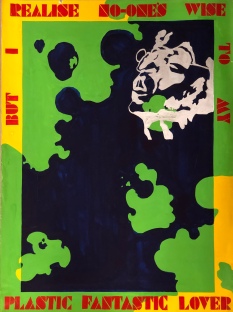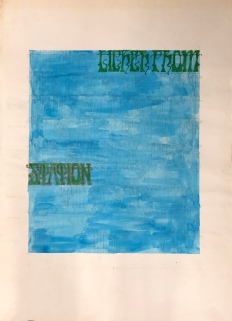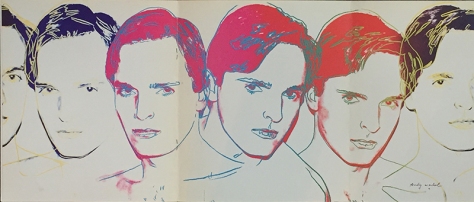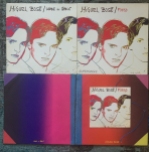There are artists who don’t tour very often and some of my favourites seem only to tour once in blue moon. Such artists are Randy Newman, Joni Mitchell — and Tom Waits.
I remember his concerts at Stockholm’s Cirkus on July 13th and 14th, 1999, very well. We were living in Luleå then and had to travel down to Stockholm to our little Stockholm flat for the concerts. And I’ve lately been clearing out my storage room and came across a whole lot of memorabilia, including the tickets for Tom Waits’s concerts promoting his Mule Variations album. Well, in addition to the tickets, I found that I had gone to the trouble of making set lists of both nights’ concerts.
These concerts were really very expensive — costing SEK 600 per person (about GBP 50 or USD 80), so for two people for two nights it meant an outlay of SEK 2400! Unheard of in 1999. But Cirkus is a great concert venue, with great acoustics and we had seats quite high up and to the right of the stage. On the first night, Tom sauntered into the theatre entering though a door just above us and walked down the stairs past our seats and on down to take his place on the stage. The first nights’ concert went on for over three hours. For the second night it seemed that he had had instructions not to go on for so long, so the show only lasted a bit over two and a half hours. The first night was magical and the second felt a bit like a disappointment after the previous evening. Perhaps we should have been satisfied with one night.

It looks from te set list as though the second night should have been longer — but I can guarantee that it wasn’t.
Per Bjurman, reviewing the concerts said Waits was great but thst the ticket price was extortionate!

Anyway, the first night was magical! I would pay the same to see Tom Waits again — should he ever decide to come over.
























































